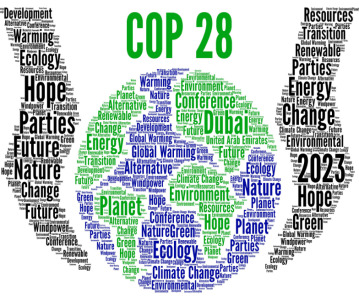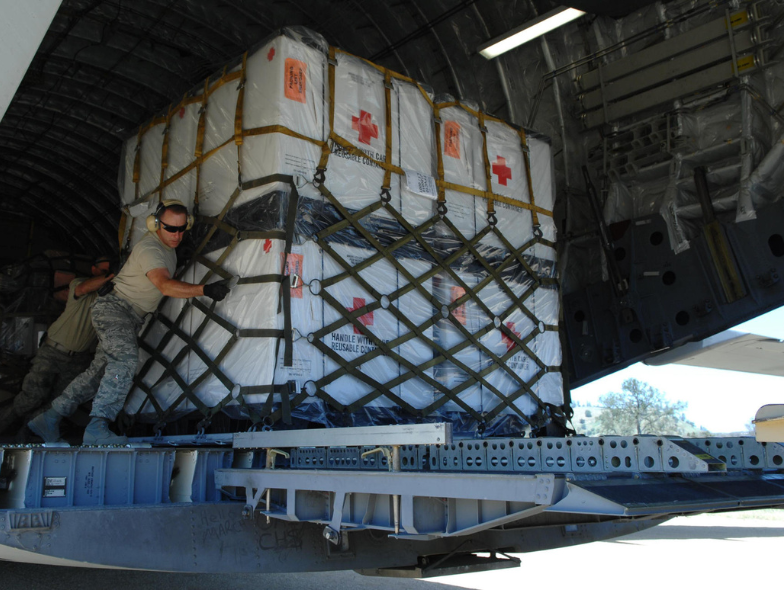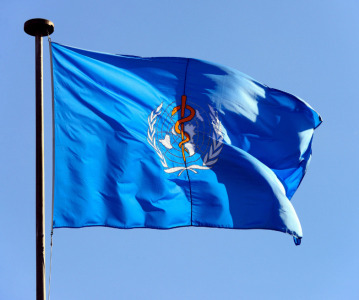How do I Apply for a CEP? An Updated Guideline of the EDQM Provides Information
Many companies have already started to submit their authorisation applications electronically. With regard to a centralised marketing authorisation, this has been the only way for some time. For a Certificate of Suitability (CEP) application both ways can still be used, though: sending in paper form or electronic transmission.
The EDQM recently published an updated guidance entitled "Guidance for electronic and paper submissions for certificates of suitability (CEPs) applications". This document describes in detail the use of different formats for the submission and the respective procedure. The following formats are accepted:
•eCTD — This is the format that is used for the electronic submission of authorisation applications. However, the guideline points out that from a technical perspective it remains a 'standalone' dossier, which is distinct from any marketing authorisation eCTD dossier and life cycle. Furthermore, it is recommended to validate the eCTD technically prior to submission to the EDQM (using validation checker tools). If error messages appear during the validation by the EDQM, the submission is blocked or rejected, which delays the whole process of submission. The EDQM recommends the use of this format.
•NeeS — The "non eCTD electronic submission" (NeeS) uses a format different from the CTD. Structure and specification of the format must meet the requirements described in the guidance document of the "EU telematics implementation group for electronic submissions" (TIGes) with the title "TIGes harmonised guidance for non eCTD electronic submissions (NeeS) for human medicinal products in the EU".
•PDF — In this format, the modules 1–3 have to be listed separately. The use of bookmarks is recommended.
To better structure the extensive information additional sections can be introduced in all three formats (extension of granularity). When submitting these documents in paper form, they are initially scanned by the EDQM and then destroyed. Due to this process there can be a delay depending on the volume of the documentation, because the clock-start for the dossier begins only after this process is complete.
Basically, switching from paper to electronic submission is possible and recommended by the EDQM. However, once a company opted for the electronic way, going back to paper dossier is impossible.
The guideline contains 6 Annexes, describing the directory and folder structure of the formats and the granularity levels in more details. Annex 6 is particularly useful as it lists the most common mistakes that may lead to a blocking of the application process.
Related News
-
News Pharmaceutical industry supports COP28 health stance in joint statement
As COP28 takes place over this week in Dubai, UAE, several bodies in the pharmaceutical and health industries have come together to announce support of key movements in sustainability in the sector, and to recognise sustainability as a health issue.&nb... -
News Biden backs Cold-War measures to shore-up medical supply chains
In a recent strategy to combat rising inflation and the cost of living crisis, President Joe Biden has invoked a Cold War-era act to increase investment in a selection of medicines and supplies. -
News CPHI Podcast Series: What does the changing US Pharma market mean for industry and patients alike?
In this week's episode of the CPHI Podcast Series Lucy Chard, Digital Editor for CPHI Online is joined by James Manser to discuss the political and market changes in the US pharma field. -
News Which 10 drugs are open to price negotiation with Medicare in the USA?
The Centres for Medicare & Medicaid Services, under the Biden administration in the USA, has released a list of the 10 drugs that will be open to price negotiations as part of the new legislation under the Inflation Reduction Act (IRA). -
News 10 Major Drug Approvals So Far in 2023
Last year, 37 novel drugs were approved by the FDA, this was a high number for such a category, and covered many fields including oncology, demonstrating how promising further research is, and how it is only continuing to build. To date, there are alre... -
News Novartis agrees for copies to be made of cancer drug to reach poorer countries
Novartis signs agreement with MPP to have generics of it's leukemia drug made so that it can be more easily distributed to the world's poorer countries. -
News CPHI Podcast Series: outsourcing and manufacturing trends
Listen to the CPHI Podcast Series this June to hear Gil Roth of the PBOA speak with Digital Editor Lucy Chard about the biggest trends and topics to watch in pharma outsourcing and manufacturing at the minute. -
News New WHO health emergency guidelines expect full transparency from Big Pharma
The WHO are proposing a new set of pandemic guidelines to set out how future global health crises should be handled.
Position your company at the heart of the global Pharma industry with a CPHI Online membership
-
Your products and solutions visible to thousands of visitors within the largest Pharma marketplace
-
Generate high-quality, engaged leads for your business, all year round
-
Promote your business as the industry’s thought-leader by hosting your reports, brochures and videos within your profile
-
Your company’s profile boosted at all participating CPHI events
-
An easy-to-use platform with a detailed dashboard showing your leads and performance







